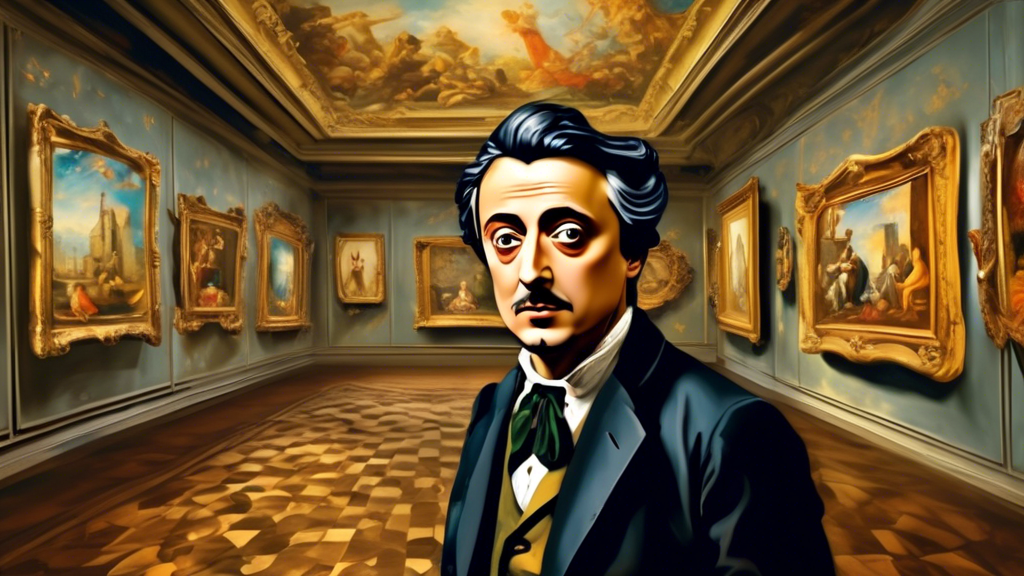The world of art will witness a magnificent confluence of tradition and modern surrealism as a major exhibition sheds light on the profound affection Salvador Dalí held for European art traditions. This eagerly anticipated exhibition promises to provide a fresh perspective on the legendary artist’s oeuvre, underscoring how deeply his works are rooted in classical European art.
A Master Surrealist with Classical Roots
Renowned for his eccentric and surreal masterpieces, Salvador Dalí was a virtuoso who drew extensively from the wellsprings of European art heritage. Although he is often celebrated for his avant-garde approach, Dalí’s works reveal a profound reverence for and understanding of classical art traditions. This exhibition aims to illustrate how Dalí’s surrealism is intricately intertwined with his deep appreciation for the masters who came before him.
Curatorial Vision: Bridging Past and Present
The curators of this major exhibition have meticulously selected a variety of Dalí’s paintings, sketches, and sculptures to showcase his technical prowess and his dialog with the past. Among the pieces displayed, visitors will find works that directly reference the Renaissance, Baroque, and Romantic periods, offering a vivid illustration of Dalí’s interpretive journey through the annals of art history.
One of the highlights includes Dalí’s reinterpretations of iconic works by artists such as Velázquez, Raphael, and Vermeer. These pieces reveal how Dalí seamlessly blended the grandeur and precision of classical techniques with his own imaginative and often dreamlike visions.
The Academic Influence
Dalí’s formal education at the Royal Academy of Fine Arts of San Fernando in Madrid played a crucial role in shaping his artistic foundation. It was here that he immersed himself in the extensive study of classical European masterpieces. His academic background provided him with the technical skills necessary to execute his surrealistic ideas with extraordinary precision.
This exhibition aims to emphasize the academic influences that underpinned Dalí’s work, illuminating the rigorous training and extensive study of art history that enabled him to create his fantastical worlds with such impeccable technique.
Interactive Elements and Educational Programs
In addition to showcasing Dalí’s works, the exhibition features interactive elements and educational programs designed to enrich visitor experience and enhance understanding of his relationship with European art traditions. Workshops, guided tours, and interactive digital displays will provide an in-depth exploration of the thematic and technical interplay between Dalí’s work and the classical art that inspired him.
A special lecture series will also delve into topics such as “Dalí and the Renaissance Masters” and “The Surrealist Movement in Context,” offering valuable insights from leading art historians and scholars.
Conclusion: Reaffirming Dalí’s Legacy
This major exhibition not only celebrates Salvador Dalí’s genius but also reaffirms his legacy as an artist who bridged the gap between the old and the new. By highlighting his profound affection for European art traditions, the exhibition serves as a reminder that even the most revolutionary art movements are often grounded in a deep appreciation of the past.
As audiences immerse themselves in Dalí’s world, they will gain a greater appreciation for the complexities and nuances that make his works timeless. This exhibition offers a rare and valuable opportunity to witness the dialogue between surrealism and classical traditions, solidifying Salvador Dalí’s place as a pivotal figure in the continuum of art history.
Where Music Meets Art: Original Tracks for Your Creative Needs


